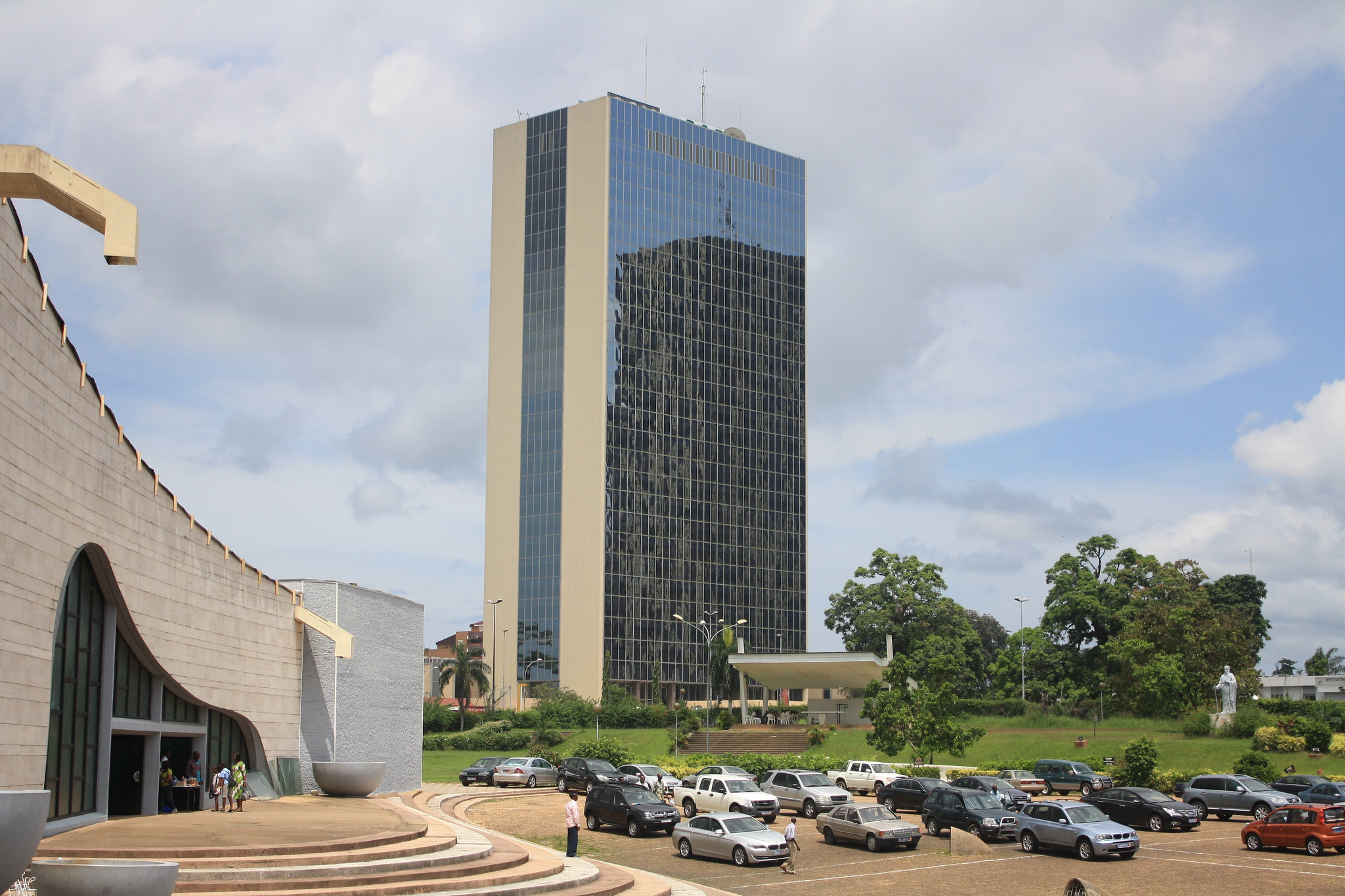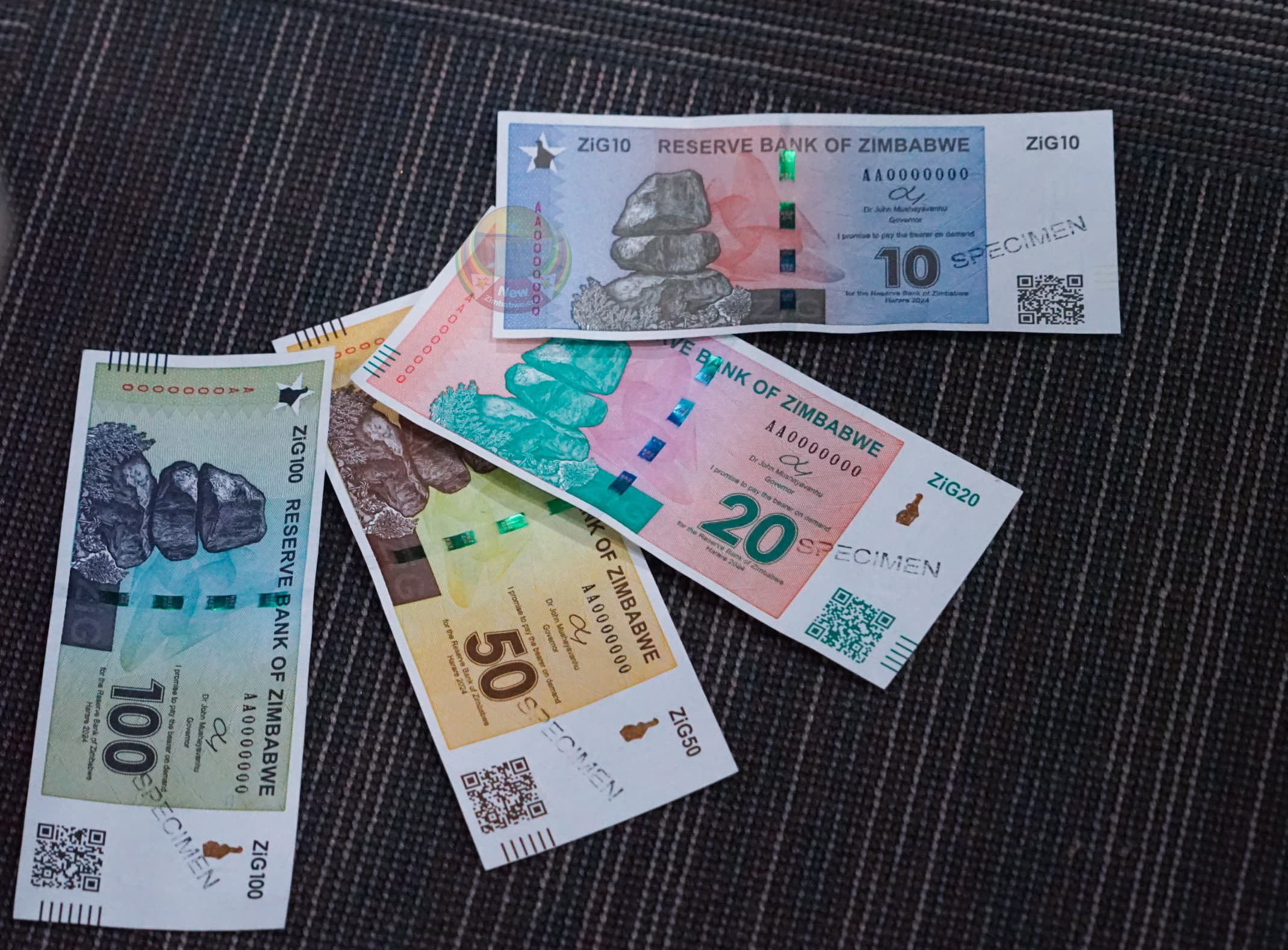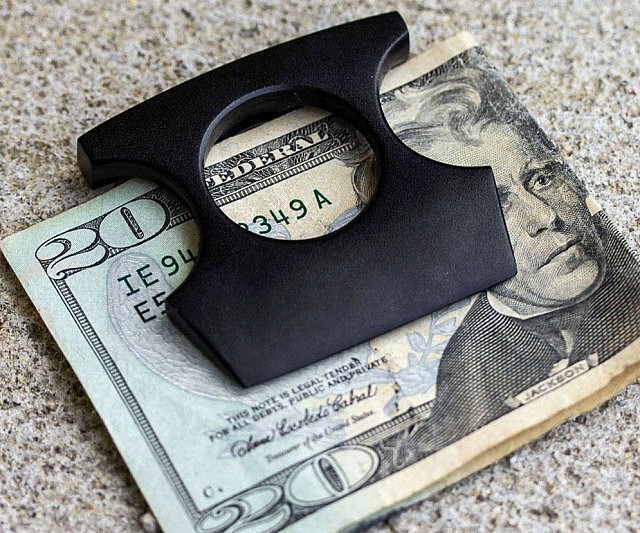‘Forex enough to stabilise rate’
The exchange rate of the Zimbabwean dollar against the US dollar will continue to hold steady on the weekly auction market because the country is earning enough forex to support critical imports, the Reserve Bank of Zimbabwe (RBZ) says.
Central bank chief Dr John Mangudya, said the exchange rate has maintained stability since being introduced mid last year, helping maintain price stability, which only saw marginal movements last December and in January this year.
Annual inflation raced to post dollarisation high of 837 percent in August last year after Zimbabwe reintroduced and liberalised the local currency in February, after a decade-long use of the US dollar anchored multi-currency regime.
Prices and indeed inflation, however, started trending down following the introduction of the auction system in June last year, which brought about sustainable formal forex trading, market led price discovery, predictability and the now prevailing stability.
Dr Mangudya attributed the 4,2 to 5,4 percent increase in prices in recent weeks to strong demand ahead of the festive season and general rise in prices globally due to Covid-19 restrictions, which have affected global trade and supply chains.
“We believe the exchange rate will continue to stabilise because the country is receiving adequate foreign currency to meet its needs, that will be the main reason for that.
“We also think that the rate will continue to hold steady if companies submit genuine bids to meet critical foreign currency needs for key imports into the country,” he said.
The auction rate was little changed at the last official trading session on Tuesday, moving 0,84 percent to $83,329 against the US dollar.
The US$33,7 million allotted to bidders in the main auction set a new record, while the US$2,6 million on the SME auction was marginally below the two highest totals in that auction.
As always, because priority list allotment criterion, raw materials dominated the allotments, with US$15,7 million on the main auction and US$602 842 on the SME auction.
The main auction saw US$3,9 million for machinery and equipment, US$3,4 million for fuel electricity and gas, US$3,1 million for retail imports, US$2,9 million for consumables, US$2,4 million for services, and US$1,9 million for pharmaceuticals and chemicals.
On the SMEs auction, as is now usual, consumables came in second, on US$520 178.
But pharmaceuticals were well represented on US$223 507, about 8,5 percent of the total allocation in this auction.
In what reflects a near common market valuation of the local currency, the bids spread has remained largely confined within the $10 range.
The central bank chief has always been a strong proponent of the need to boost local production of a key or basic commodities and exportable products to reduce the pressure on demand for the elusive hard currency while ramping up the inflows.
Economist Mr Eddie Cross said it will be critically important to continue to meet the requirements of importer in order to be able to maintain the exchange rate stability.
“Secondly, we must keep money supply growth reasonable to prevent inflationary pressures, if we are not able to do that we create inflationary pressures that drive price increases.
“Unfortunately, there appeared to be money supply growth over the last quarter of 2020 and the reserve bank attributed this to banks lending to their customers,” he said.-herald.cl.zw











